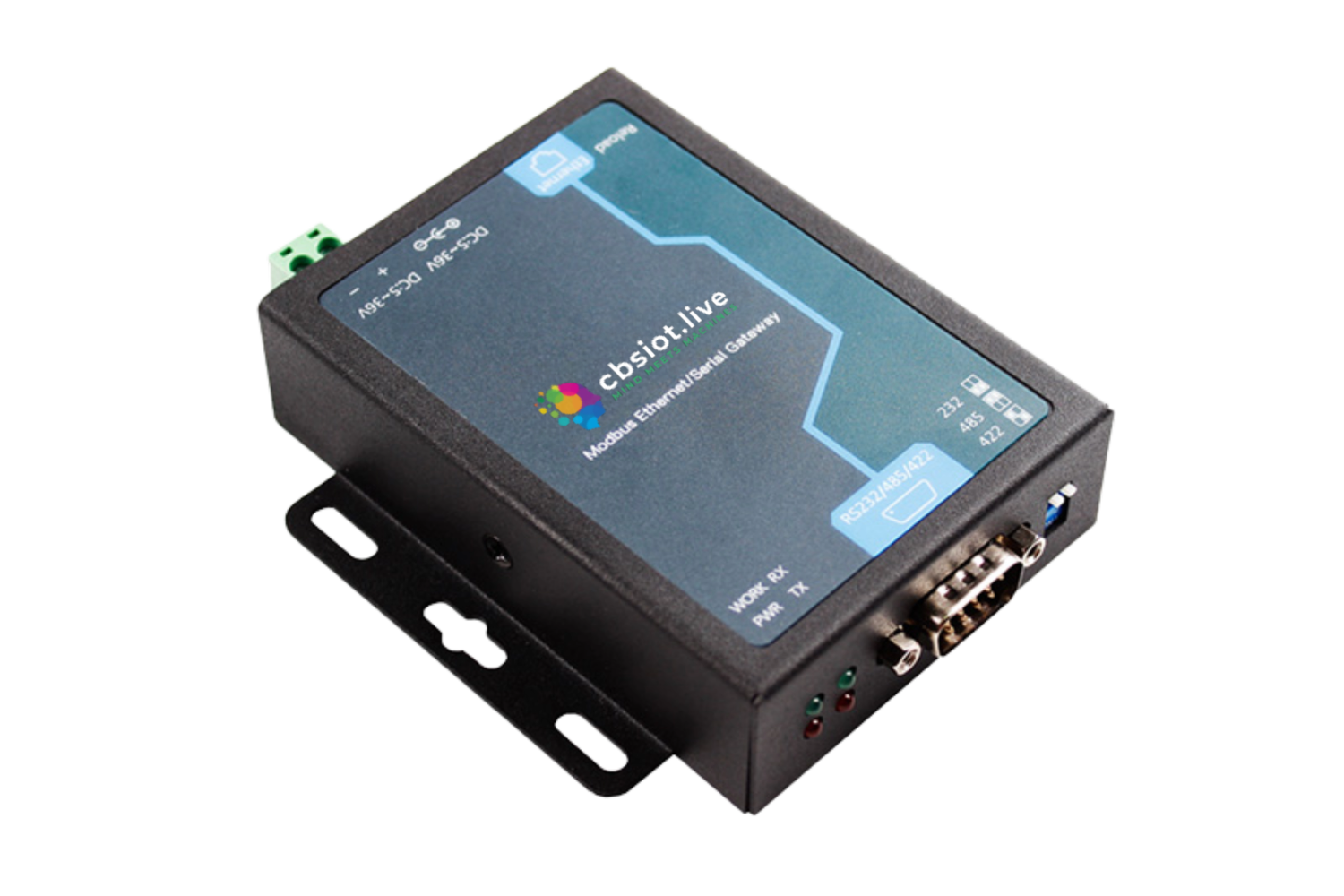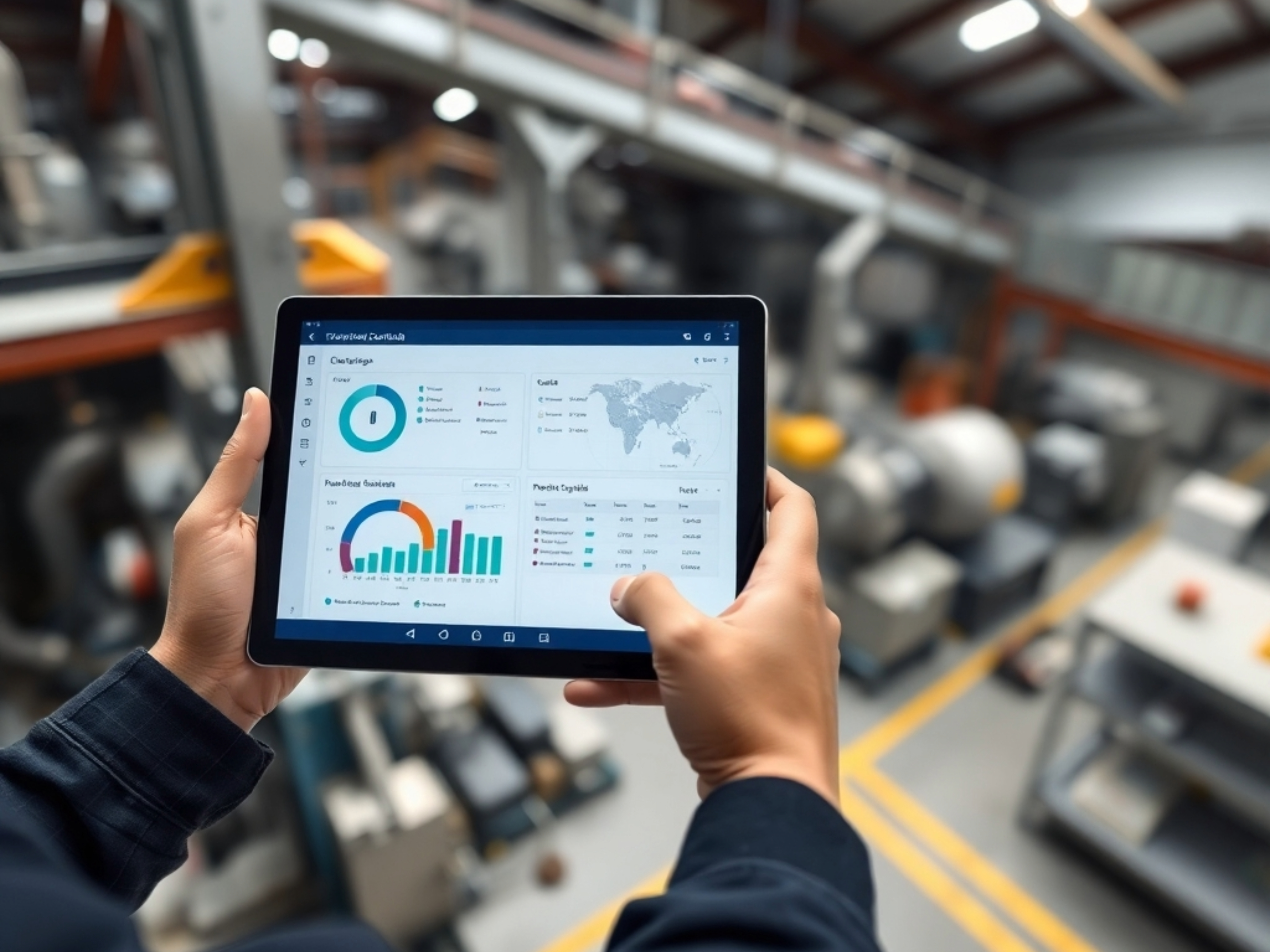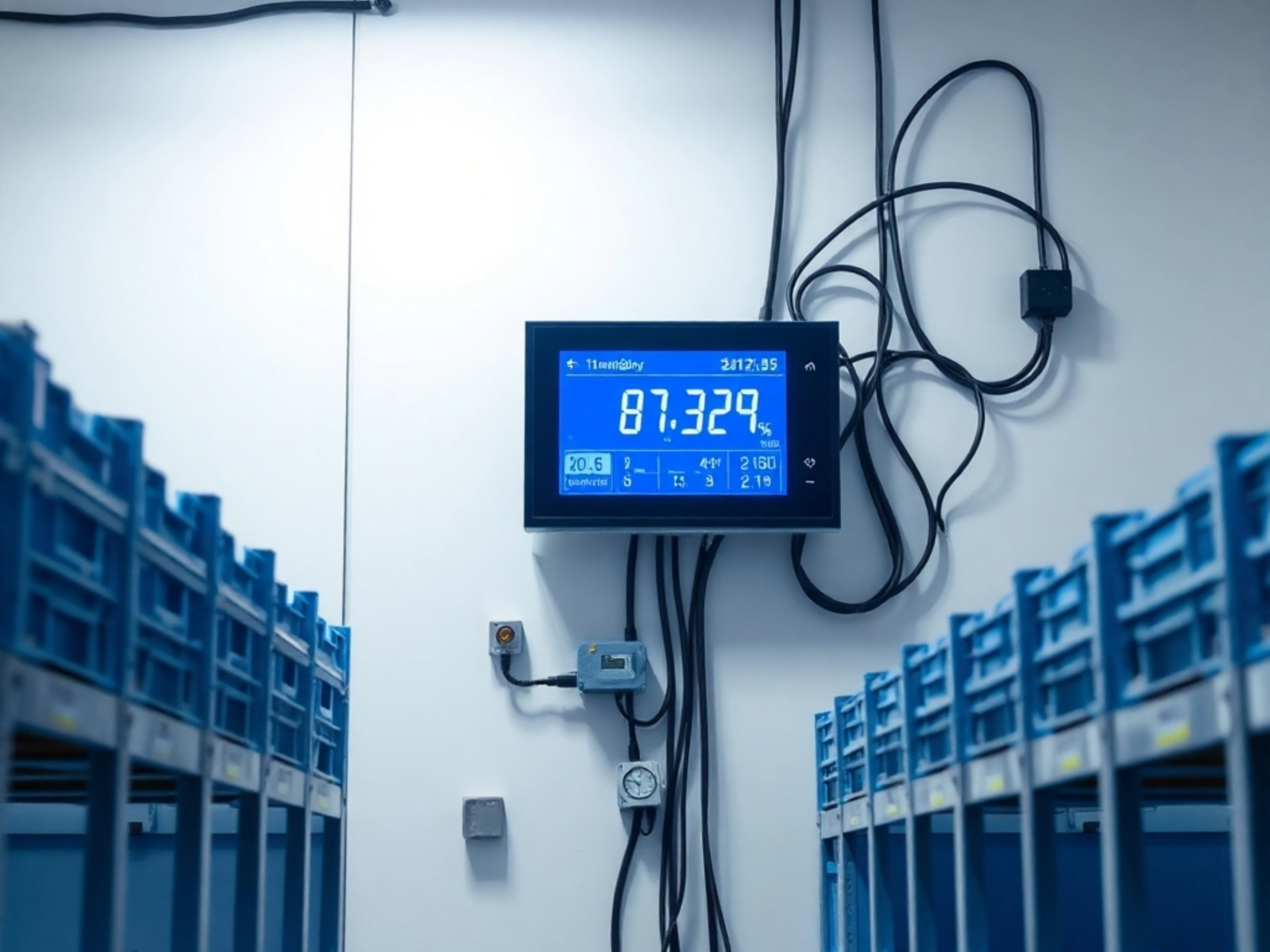Smart HVAC automation enhances energy efficiency, reduces costs, and enables remote control, optimizing heating, ventilation, and air conditioning for maximum comfort and performance.

IoT-powered HVAC automation ensures precise temperature regulation, adapting to occupancy levels and environmental conditions for maximum comfort and efficiency.
Automated HVAC systems cut energy consumption by up to 20%, optimizing power usage while maintaining desired indoor climate conditions.
Users can control HVAC settings remotely via web-enabled devices, ensuring seamless monitoring and real-time adjustments from anywhere.
Smart IoT sensors detect occupancy, monitor environmental changes, and automate HVAC responses to improve energy efficiency and comfort.
Variable air volume (VAV) systems and motorized dampers adjust ventilation, reducing energy waste while maintaining air quality.
Automated HVAC systems use predictive analytics to detect potential failures early, preventing downtime and reducing maintenance costs.




